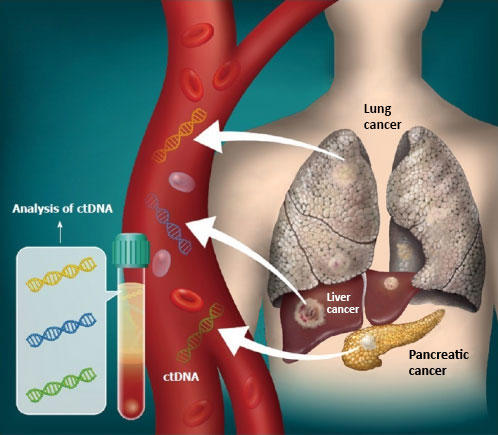120 DTU-based start-ups in 2024. An increase in external funding from DKK 700 million to DKK 2.6 billion in just five years. And one of the top three companies filing the largest number of patent applications in Denmark—surpassed only by Vestas and Novozymes.
These are just a few of the results DTU has achieved in the field of innovation with Anders Bjarklev at the helm. Results that have been achieved after setting ambitious goals. It has contributed to DTU being named the best "university of technology" in the EU by the EngiRank ranking for the second consecutive year.
"It's extremely satisfying to see DTU at the top of the international rankings—in terms of innovation, research, and education. It's like seeing the return on all the good work that everyone here has been putting in over the years," says Anders Bjarklev.
Today, he celebrates his 40th anniversary as a state employee. First as a young research talent in the field of optical fibres - light conductors that can transmit information via light. Then as head of department of the former DTU Fotonik institute, which is now DTU Electro. And for the past 15 years as Provost and President of DTU.
But while innovation is now an essential part of DTU's DNA, and a discipline that both students and researchers strive to master, back in the 1990s, resistance to entrepreneurial research was almost as prevalent. Back when Anders Bjarklev had a good idea.
'A waste of time'
According to Anders Bjarklev, those were some 'roaring years' - the 90s - where communication as a field of research was undergoing rapid change, and the number of people participating at conferences was booming.
In his research, he had encountered the phenomenon of photonic crystals, which are known in nature as repeating structures that can control the movement of light. The phenomenon can be seen in the peacock butterfly, where the structures on the butterfly's eyespots give a metallic sheen. The young researcher asked himself:
"Can you pack the same structures into an optical fibre? That could be really exciting!"
Exciting because it would mean that the optical fibre, which is a light conductor, could optimise the transfer of information via light - something the telecom and IT industry was accelerating in at the time. And amazing because an optical fibre is as thin as a strand of hair, and the confined space inside argues against it being possible at all. Therefore, it was necessary to design a completely new type of optical fibre.






